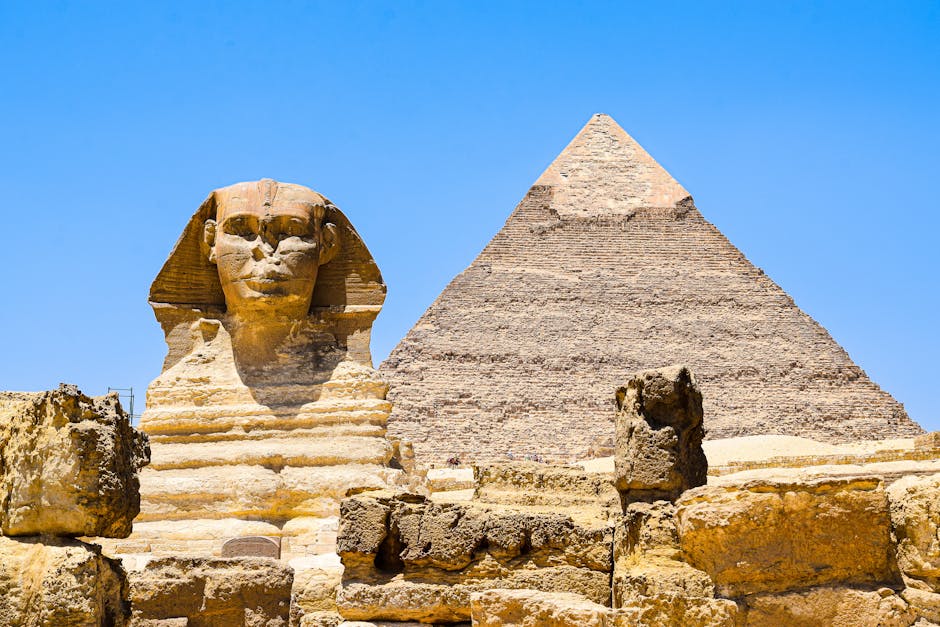
Evolution of Mythical Creatures in Folklore
Mythical creatures have been a part of human folklore for centuries, captivating our imaginations and inspiring countless legends and stories. These legendary beings, often a blend of human and animal characteristics, have evolved and transformed over time.
One of the oldest known mythical creatures is the dragon. Found in various forms across cultures worldwide, dragons symbolize power, strength, and often play the role of fierce guardians or formidable foes. In ancient Mesopotamian myths, dragons were depicted as chaos creatures, while Chinese folklore portrays them as wise and benevolent beings.
Another well-known mythical creature is the unicorn, a horse-like creature with a single horn on its forehead. Unicorns have been featured in the folklore of many civilizations, symbolizing purity, grace, and magic. From ancient Greek and Roman texts to European medieval legends, unicorns have undergone various interpretations.
Centuries ago, mythical creatures were believed to exist in the natural world. People feared encountering creatures like werewolves, vampires, and sirens. These beings often represented hidden desires, fears, or cautionary tales. Over time, as folklore evolved, these creatures became more supernatural.
In modern times, mythical creatures continue to enthrall us in popular culture through books, movies, and games. They evolve and adapt to fit different narratives, often becoming protagonists in epic tales of fantasy and adventure.
